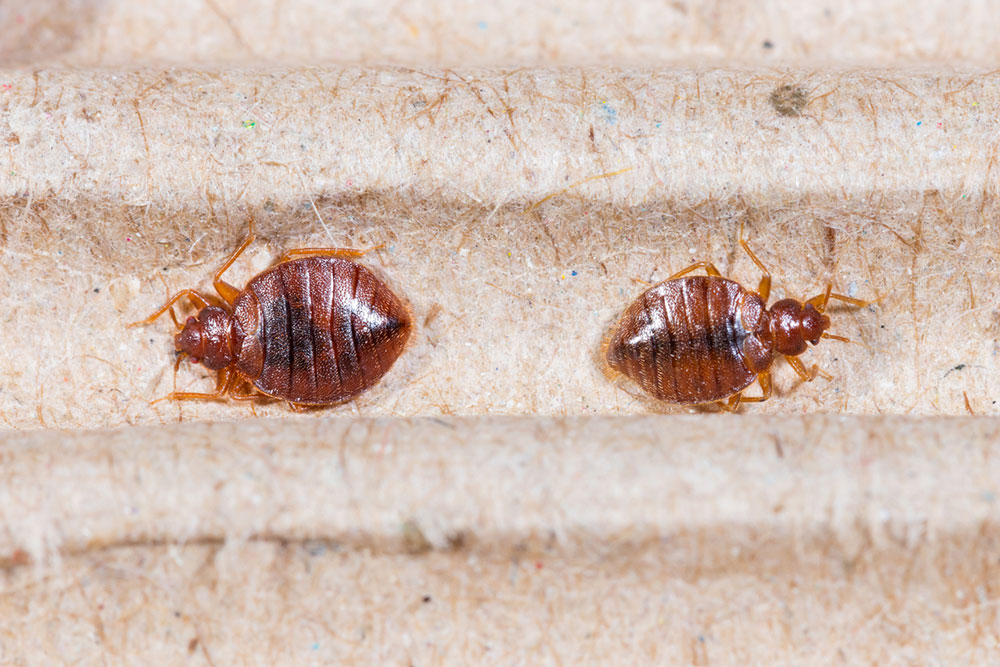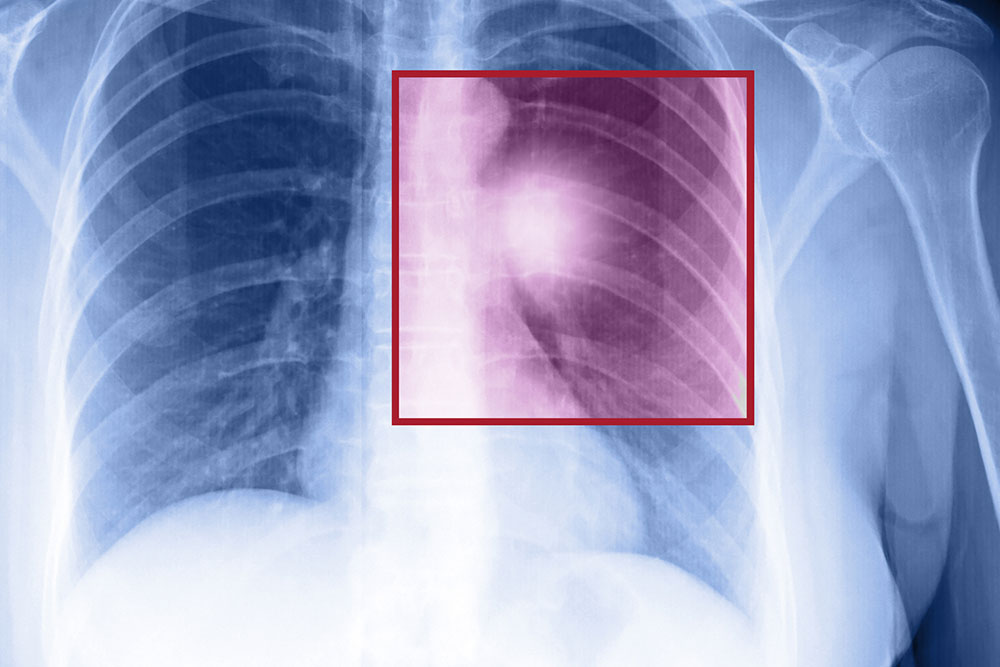
Signs & Symptoms
Causes and Symptoms of Gallbladder Disease
Gallbladder disease is caused by the accumulation of gallstones. Gallstones are structures formed by a combination of cholesterol, calcium, and bile salts. These structures are not stones but pieces of solid matter that form in the gallbladder, which is a small organ located under the liver in the upper right region of the abdomen. This pear-shaped organ stores bile produced by the liver to digest fat. It helps the body absorb fat-soluble vitamins and nutrients. In a healthy gallbladder, this process happens naturally without any discomfort or pain. However, when the gallbladder stops functioning well or if the bile ducts get clogged, it can cause a lot of pain and discomfort. Gallstones can develop in varying sizes ranging from as small as a grain of sand to as big as a golf ball. The pain may last from a few minutes to a couple of hours. Some people may develop a single gallstone, while others may get several gallstones at the same time. Statistics reveal that this disease has a high incidence in people who have weight problems, high blood cholesterol levels, and suffer from gastrointestinal disorders. Causes of gallstones According to observation, problems in the gallbladder arise because of improper diet and obesity.












